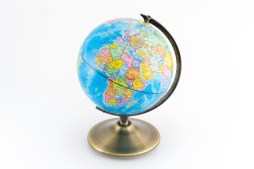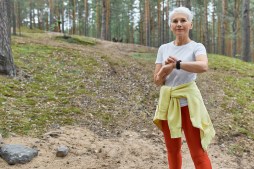Real-World Examples of Circular Economy Practices That Successfully Reduce Waste
The concept of a circular economy is gaining traction as an effective strategy for reducing waste and promoting sustainability. Unlike the traditional linear economy that follows a ‘take-make-dispose’ model, a circular economy emphasizes reusing, repairing, and recycling materials to minimize waste. This article explores real-world examples of circular economy practices that have successfully reduced waste across various industries.
The Ellen MacArthur Foundation’s Initiatives
One of the leading organizations advocating for the circular economy is The Ellen MacArthur Foundation. Their initiatives focus on redefining products and services to be restorative by design. For example, their work with companies like Unilever has led to innovations in packaging, including reusable containers and refill stations that significantly reduce plastic waste. By collaborating with businesses, they illustrate how adopting circular principles can lead to substantial reductions in environmental impact.
IKEA’s Sustainable Product Design
IKEA is renowned for its commitment to sustainability through its product design and supply chain practices. The company aims to use only renewable or recycled materials in their products by 2030. Additionally, IKEA has implemented take-back schemes where customers can return old furniture for refurbishment or recycling, thus preventing waste from ending up in landfills while providing consumers with sustainable options.
Patagonia’s Repair Program
Patagonia has long been a frontrunner in sustainable fashion through its commitment to quality and durability; however, they are also pioneers in the repair movement within the clothing industry. Their Worn Wear program encourages customers to repair their garments instead of discarding them by offering repair services and selling used Patagonia items at discounted prices. This practice not only reduces textile waste but also promotes a culture of reuse among consumers.
Philips’ Lighting-as-a-Service Model
Philips has transformed its business model from selling light bulbs outright to offering Lighting-as-a-Service (LaaS). In this model, clients pay for lighting solutions based on usage rather than owning the products themselves. This approach allows Philips to retain ownership of the materials used in their lights so they can be reused or recycled once they reach the end of their lifecycle—significantly reducing electronic waste while providing efficient lighting solutions.
The City of Amsterdam’s Circular Economy Goals
Amsterdam is actively pursuing circular economic principles as part of its city planning strategy aimed at achieving zero waste by 2050. Initiatives include encouraging local businesses to adopt circular practices such as sharing platforms for goods and creating composting programs for organic waste management. By fostering collaboration between government entities, businesses, and citizens, Amsterdam sets an example for urban areas striving towards sustainability through effective resource management.
These real-world examples demonstrate how implementing circular economy principles can significantly contribute to reducing waste across various sectors—from retail and manufacturing to urban planning—ultimately leading us toward a more sustainable future.
This text was generated using a large language model, and select text has been reviewed and moderated for purposes such as readability.











